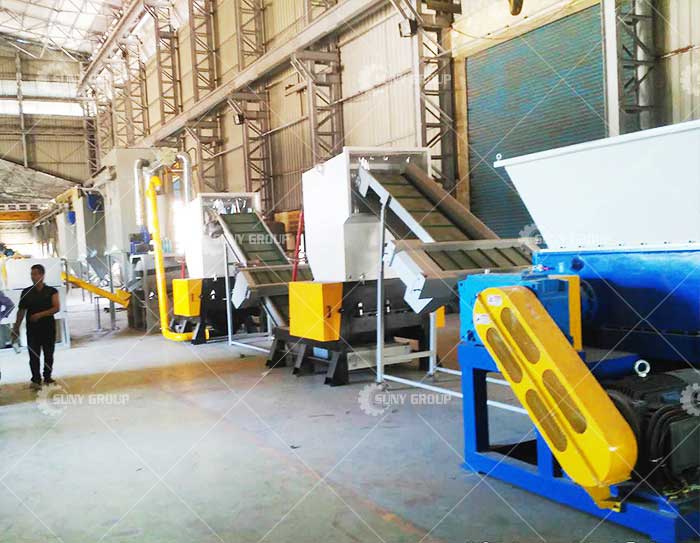Phone/Whatsapp: +86 19903886476
Email:zyunfei87@gmail.com
How does the Cable Wire Recycling Machine process waste wires?
How to deal with waste wires is simply how to effectively separate copper and plastic rubber. The Cable Wire Recycling Machine is a mechanical device that can effectively separate copper and rubber in waste wires.

The Cable Wire Recycling Machine is a waste wire and cable processing and recycling equipment. It has the advantages of small area, low energy consumption, high copper-plastic separation rate, and simple operation. It is favored by market bosses in the metal recycling industry. Mainly recycle and process automobile circuit wires, communication cables, miscellaneous wires, etc., with one feeding and a single machine. The equipment adopts a closed production mode and has a good dust removal effect. The appearance of the Cable Wire Recycling Machine has solved the environmental pollution caused by the incineration of copper. It not only improves the quality of recycled copper, but also has the advantage of recycling plastic. Some rubber shoe factories will use the sorted rubber for the soles of rubber shoes. In this way, it is full of treasures.
Cable Wire Recycling Machine equipment is not only a representative of green in the machinery industry, but also reflects the customer's pursuit of interests. The old-fashioned recycling process of waste electric cables-produced under the pressure of major environmental pollution caused by incineration. The Cable Wire Recycling Machine equipment recycles waste wires and cables cleanly and environmentally. It can treat waste wires without causing any environmental pollution. The plastic and metal copper in the cable are fully recovered, mainly by mechanical physical crushing, and then the crushed metal-plastic mixture is separated from the crushed metal and plastic by a specific gravity separator. This is a typical new type of machinery and equipment that turns waste into treasure, conforms to the development of environmental protection and energy conservation, so guidance should be strongly advocated.


